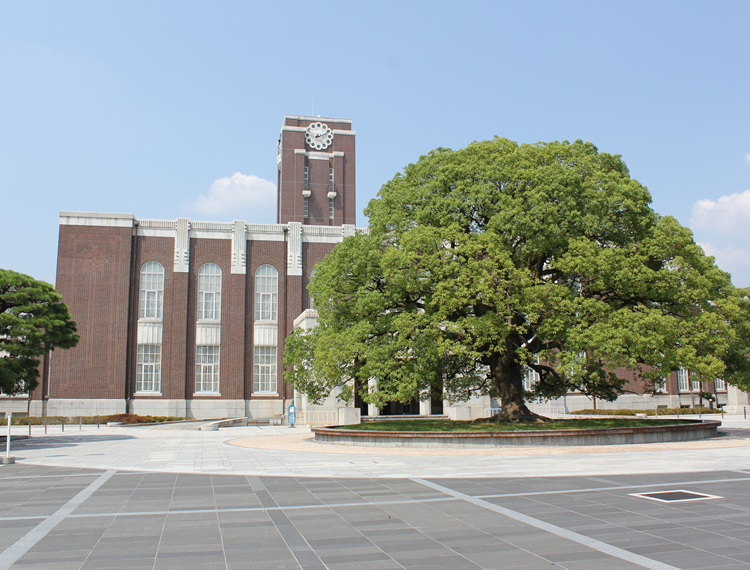Materials Design for the Biomedical Imaging in OTN Near Infrared Transparent Optical Window
Kohei Soga of Tokyo University of Science, Japan, gave an excellent keynote talk in the oral session of Symposium A-9 on August 28. He explained that “Transparency” is one of the hard challenges for the developer of optical biomedical imaging techniques and optical loss is basically caused by scattering and absorption. In order to avoid scattering, he used over-1000 nm near-infrared light. With a combination of an InGaAs CCD camera and near-infrared fluorescent materials, his group obtained clear image of biomedical imaging. Soga’s group developed both imaging systems and fluorescent materials. He developed organic dyes, quantum dots, graphene related materials, and rare-earth doped ceramics as near-infrared fluorescent materials. The rare-earth doped ceramics can have multiple functions; their application could be therapy and diagnosis at the same time. He also suggested that over-2000 nm near-infrared wavelength region could be used for biomedical imaging. Over 20 participants attended the keynote.
Before the keynote, Lei Miao of Guilin University of Electronic Technology, China, gave an invited lecture of “Fabrication and Thermoelectric Properties of Flexible Films Based on Telluride Nanowires.” Her films could be used for portable/wearable electronic devices.
On this day Symposium A-9 had sessions for three oral papers and 39 poster papers with active discussion.

